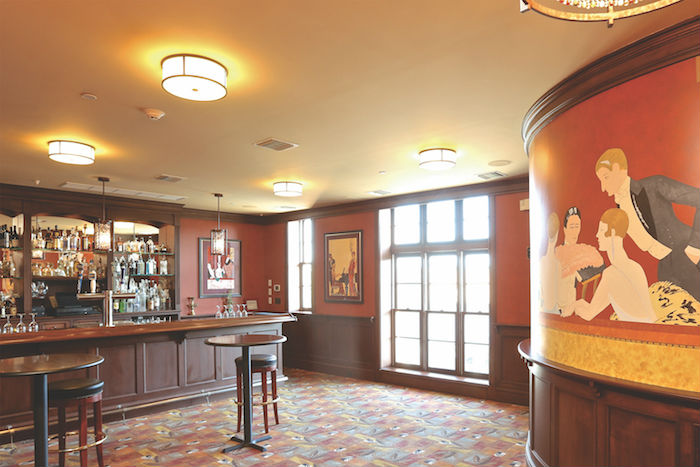Richard Stott Talks Must-See Hamptons Architecture

Southampton architect Richard Stott, AIA, LEEDAP, talks personal inspiration, the power of collaboration, the influence of the East End environment and the beauty of public and private architecture in the Hamptons.
What makes the Hamptons a special place for an architect, professionally and as a resident?
The Hamptons, a resort community, attracts architects from around the world. Some architects come attached to their clients who own homes elsewhere. Some are world famous architects who are sought out by their clients who want the very best and most prestigious for their own Hamptons statement. Well over 100 architects live and work in the Hamptons, and a few are know nationally and internationally, but most take care of the whims of their resort-based residential clients. It’s a blessing to be able to live in the Hamptons, but it’s not an easy location. For many architects, residential design is the only option, because other building types are limited on the East End, and of course competition is always tough. Public architecture on the East End is very limited, but the public projects I have completed bring me the most gratification, because people use these spaces every day and appreciate the quality of design.
Describe the ideal collaboration between yourself and a client.
Some people see architecture as a commodity, the lowest price to a gambrel roof statement—not the ideal client. To me, the ideal client is one who recognizes creativity. An ideal client is a “best friend” in both design and trust. An ideal client recognizes their own limitations and trusts the instincts and experience of their design professional. The ideal client is mindful of money, but is not trying to find the cheapest price.
Where do you draw your inspiration from these days?
My inspiration comes from my clients and nature. Every project has a set of influences and solutions. I’m always inspired by the people who will use the building in the context of its setting. Especially for residential architecture, the architect must know the client very well, including how they entertain, spend quiet time, how they party and what they like and don’t like. To understand how the sun moves through the sky, where and how it casts shadows and where it shades the patio is just as important as how the client reacts to the sun. Do they wake up with the sun or block it from their windows to sleep in? I’m always inspired by my professional journals, but what gets me most excited is a client who wants something different.
What changes on the East End have had the biggest impact on your work as an architect over the past decade?
There have been no changes on the East End in the past decade that have affected my work as an architect, none. What has impacted my work is new building materials and energy-efficient, high performance buildings.
What five examples of local architecture would you put on your list of “must see” for people to view here in the Hamptons?
Public architecture is sparse, but there are ways to take the pulse of residential architecture. Here are some examples of how to experience both residential and public architecture.
1. For a residential tour, the estate section of Southampton or East Hampton for Old World charm can’t be beat.
2. For slick new mega-homes, a drive down Meadow Lane and Gin Lane to see the ocean mansions is always a trip.
3. Sag Harbor has some of the oldest relics of livable small homes on narrow 19th century streets and Sagaponack has the largest new ones on tree-lined lanes, once the tractor trails of farms gone by.
4. The Suffolk Theater is one of the most significant historic entertainment spots on the East End since 1933. Re-opened in 2013 after almost 30 years, it still is an entertainment icon, in stride with the Montauk Manor/Playhouse, another recommendation.
5. Last and most favorite is the Longhouse Reserve, in East Hampton, Jack Lenor Larsen’s 16-acre magical garden and home.



